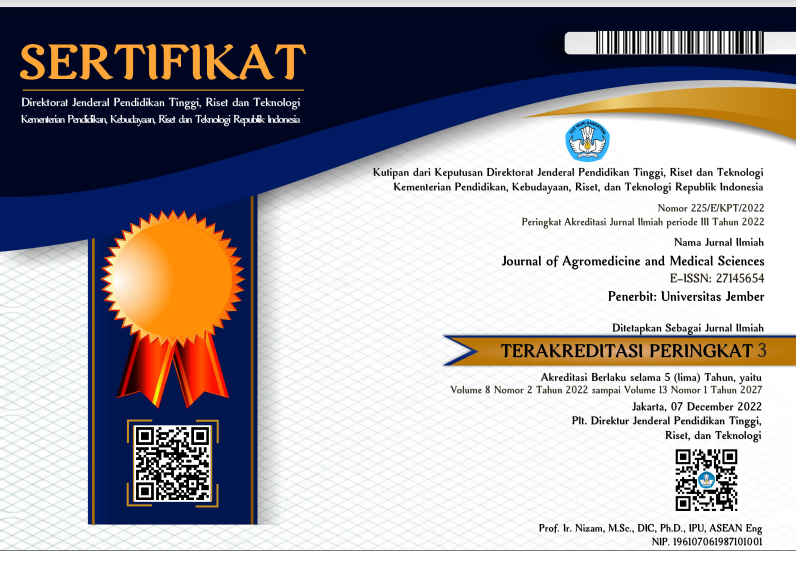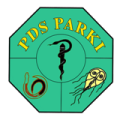The effect of Education Level on the use of Additive Substance in Food at Mastrip, Kalimantan and Jawa Street, Jember
DOI:
https://doi.org/10.19184/ams.v3i3.6157Abstract
Background: Additive Substance or that recognized with Indirect material substance is indirect material at food that is added to add flavour at food, in order to food drawing appearance, durable, and easy to transport and distribute. This Research is conducted to know formal influence of education level cloister trader to the usage of additive substance at food all the way Mastrip, Street of Kalimantan and Street of Java, Jember in 2016. This is the analytic survey research with cross sectional approach using sample cloister trader all the way Mastrip, Street of Kalimantan and Street of Java that sell food by using total technique sampling of 104 respondents. Analysis that is used is linear regression. After conducting interview by questionnaire it was obtained the following primary data 10 traders (9,6 %) by level of College education, 49 samples (47,1%) finish high school, 23 traders (22,1 %) finish junior high school, 19 traders (18,3) finish basic school and 3 traders (2,9 %) not finish basic school. From research result got influence that have a meaning of from variable formal education level 19%. Conclusion that got from this research result, after conducted linear analysis of regression test with a = 0,05 then got probability value from formal education level is 0,000. This condition indicates that there is formal influence of education level cloister trader to the usage of additive substance at food.
Key Words : education level, additive substance, cloister trader






















